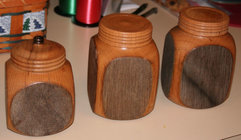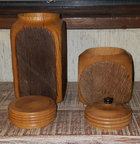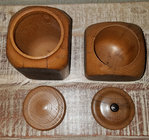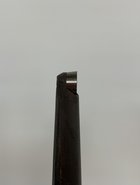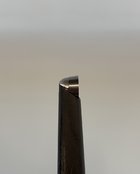So I’ve been looking at the hunter Korpro cartridge for the Oneway coring system several times a week, which means I am going to purchase it. Seeing the recent thread giving praise was the ultimate deciding factor for me to pull the trigger. Can’t wait to get it.
I figure I might as well get my first serious carbide tool, (I just have cheap ones from Amazon) and have been going back and forth between the Viceroy and the Phoenix.
I mainly want a tool for scraping away the bottom curve/corner at the bottom of deeper bowls.
I’m strongly leaning towards the viceroy as I believe the square shaft will offer additional support. I’m accustomed to very large unbalanced pieces, I also tend to be a bit aggressive with my cuts. The phoenix seems like it could be more versatile for head on cuts and finish cuts.
Any thoughts or opinions from owners of either/both?
I figure I might as well get my first serious carbide tool, (I just have cheap ones from Amazon) and have been going back and forth between the Viceroy and the Phoenix.
I mainly want a tool for scraping away the bottom curve/corner at the bottom of deeper bowls.
I’m strongly leaning towards the viceroy as I believe the square shaft will offer additional support. I’m accustomed to very large unbalanced pieces, I also tend to be a bit aggressive with my cuts. The phoenix seems like it could be more versatile for head on cuts and finish cuts.
Any thoughts or opinions from owners of either/both?

